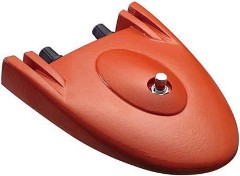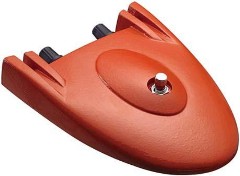Getting singing sustain on an electric guitar is no easy task, but if you follow these tips, it’ll help you get closer there.
The first thing I want to talk about before getting into the gear, is technique. This is vital in achieving those singing tones. So knowledge of soloing is necessary. Now if you can solo, the important thing is being able to do vibrato well. For those of you who don’t know what vibrato is, think of it as slightly bending a note up and down very quickly. Once you have your vibrato down, then achieving that singing sustain becomes much easier.
Now lets talk about the gear. The purest form of singing sustain comes from the right amp. This amp would ideally be a lead amp, such as a Marshall Plexi. Don’t worry if you don’t have a lead amp, as I’ll talk about pedals that can help as well. The great thing about a good tube lead amp, is the singing sustain will be more pure. On a Marshall Plexi, the louder you go, the more sustain you will get. So volume is also a key in the puzzle. Attenuators can be used if you don’t want to bother the neighbours. Also with a Marshall Plexi, you can get almost unlimited sustain without the use of any pedals.
Speaking of pedals, putting a good overdrive or fuzz pedal in front of the Marshall Plexi will make the sustain have more of a singing tone. Now this is where vibrato comes in. Once you have the sustain going well with the amp/pedals, using a lot of vibrato will make those extended notes have a singing quality, and the longer you hold it, more overtones and harmonics will start to overlay, which is another key to the puzzle. And if you keep holding the note, you can even get some nice controlled feedback.
Now if you don’t have a lead amp, you can still achieve it with pedals, though the tone won’t be as pure. But you can get it stacking a pre-amp or overdrive pedal with your favourite fuzz box or distortion pedal.
Another good technique to facilitate the singing aspect is to do a lot of bends. Bending is more reminiscent of a voice than just single notes.
So basically to sum it up, combining vibrato and bending in your solos with a good lead amp cranked running a fuzz or overdrive pedal will definitely get you closer to singing sustain.

